详细说明
Species Reactivity
Mouse
Specificity
Detects mouse PACAP/ADCYAP1 in direct ELISAs and Western blots. In direct ELISAs, approximately 12% cross‑reactivity with recombinant human PACAP is observed.
Source
Polyclonal Sheep IgG
Purification
Antigen Affinity-purified
Immunogen
E. coli-derived recombinant mouse PACAP/ADCYAP1
Pro26-Leu175
Accession # O70176Formulation
Lyophilized from a 0.2 μm filtered solution in PBS with Trehalose. *Small pack size (SP) is supplied as a 0.2 µm filtered solution in PBS.
Label
Unconjugated
Applications
Recommended
ConcentrationSample
Western Blot
1 µg/mL
See below
Please Note: Optimal dilutions should be determined by each laboratory for each application. are available in the Technical Information section on our website.
Data Examples
Western Blot | Detection of Mouse PACAP/ADCYAP1 by Western Blot. Western blot shows lysates of mouse kidney tissue. PVDF Membrane was probed with 1 µg/mL of Human PACAP/ADCYAP1 Antigen Affinity-purified Polyclonal Antibody (Catalog # AF6380) followed by HRP-conjugated Anti-Sheep IgG Secondary Antibody (Catalog # ). A specific band was detected for PACAP/ADCYAP1 at approximately 17 kDa (as indicated). This experiment was conducted under reducing conditions and using |
Preparation and Storage
Reconstitution
Reconstitute at 0.2 mg/mL in sterile PBS.
Shipping
The product is shipped at ambient temperature. Upon receipt, store it immediately at the temperature recommended below. *Small pack size (SP) is shipped with polar packs. Upon receipt, store it immediately at -20 to -70 °C
Stability & Storage
Use a manual defrost freezer and avoid repeated freeze-thaw cycles.
12 months from date of receipt, -20 to -70 °C as supplied.
1 month, 2 to 8 °C under sterile conditions after reconstitution.
6 months, -20 to -70 °C under sterile conditions after reconstitution.
Background: PACAP/ADCYAP1
PACAP (Pituitary adenylate cyclase activating polypeptide) is a 17 kDa (predicted) member of the VIP/secretin/glucagon/GHRH superfamily of peptides. It is expressed by anterior pituitary gonadotrophs, neurons in the CNS and PNS, spermatids, adrenal chromaffin cells, plus macrophages and lymphocytes. PACAP has multiple effects. On mast cells, it induces histamine release; on lymphocytes, PACAP promotes Th2 development; in bone, PACAP inhibits osteoclastogenesis; and in the pituitary, PACAP facilitates the release of LH (in females), GH and alpha ‑MSH. Mouse PACAP proprecursor is 151 amino acids (aa) in length (aa 25‑175). It undergoes proteolytic processing to generate two C‑terminal amidated peptides termed PACAP-38 (aa 131‑168) and PACAP-27 (aa 131‑157). In general, PACAP-38 represents the dominant form. However, the ratio between the -38 and -27 forms differs in a cell-specific manner. Over aa 25‑175, mouse PACAP shares 95% and 81% aa identity with rat and human PACAP, respectively.
Long Name:
Pituitary Adenylate Cyclase-activating Polypeptide
Entrez Gene IDs:
116 (Human); 11516 (Mouse); 24166 (Rat)
Alternate Names:
ADCYAP1; adenylate cyclase activating polypeptide 1 (pituitary); PACAP; PACAPMGC126852; pituitary adenylate cyclase-activating polypeptide







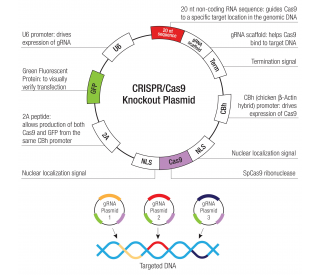
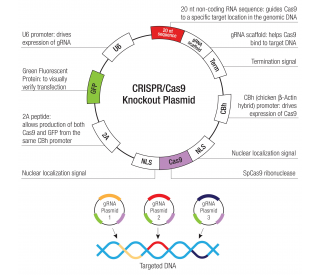
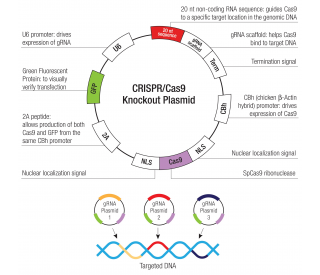
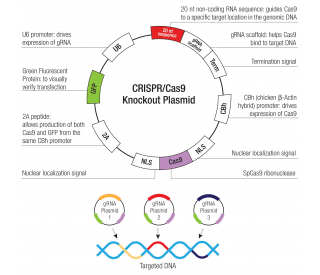
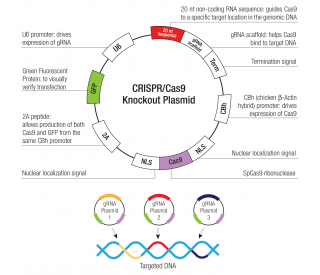
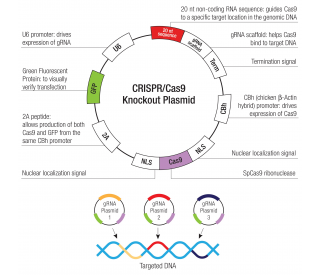
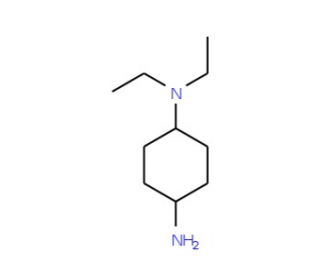
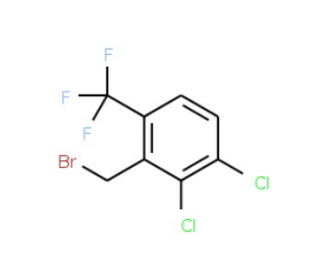
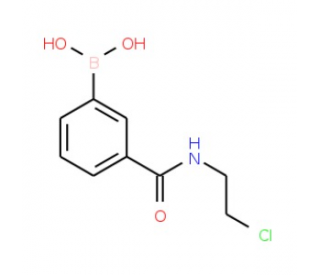
 粤公网安备44196802000105号
粤公网安备44196802000105号